You Just Scrolled Over A High-res Segment Of The Andromeda Galaxy. How Does NASA Get Its Photos To Look
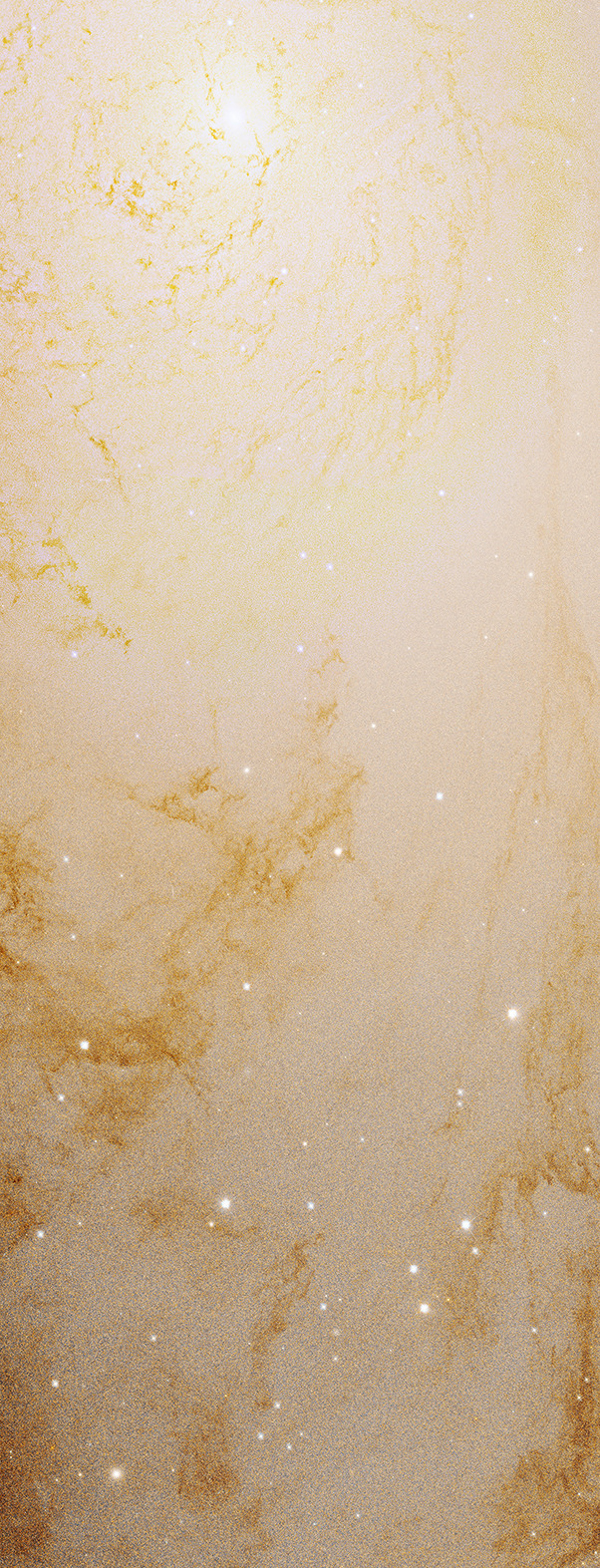

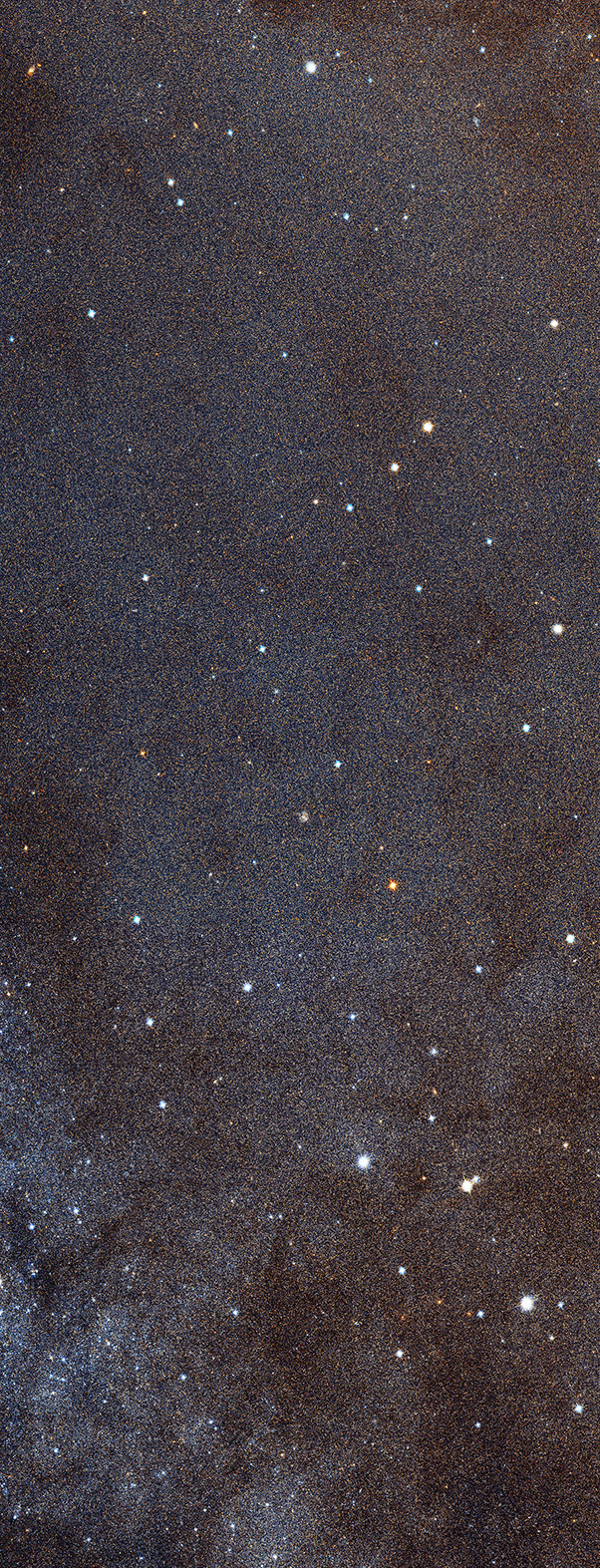

You just scrolled over a high-res segment of the Andromeda galaxy. How does NASA get its photos to look so spectacular? The same way as everyone else.
More Posts from Smartler and Others
Submitted by @asapscience
Science is so amazing, but it’s being de-funded around the world. We hope to make a difference with this video:
Your sharing is greatly appreciated.
What Are the Bright Spots on Ceres?

Dwarf planet Ceres has more than 130 bright areas, and most of them are associated with impact craters. Now, Ceres has revealed some of its well-kept secrets in two new studies in the journal Nature, thanks to data from our Dawn spacecraft.
Two studies have been looking into the mystery behind these bright areas. One study identifies this bright material as a kind of salt, while the other study suggests the detection of ammonia-rich clays.
Study authors write that the bright material is consistent with a type of magnesium sulfate called hexahydrite. A different type of magnesium sulfate is familiar on Earth as Epsom salt.

Researchers, using images from Dawn’s framing camera, suggest that these salt-rich areas were left behind when water-ice sublimated in the past. Impacts from asteroids would have unearthed the mixture of ice and salt.
An image of Occator Crater (below) shows the brightest material on Ceres. Occator itself is 60 miles in diameter, and its central pit, covered by this bright material, measures about 6 miles wide. With its sharp rim and walls, it appears to be among the youngest features on the dwarf planet.

In the second nature study, members of the Dawn science team examined the composition of Ceres and found evidence for ammonia-rich clays. Why is this important?
Well, ammonia ice by itself would evaporate on Ceres today, because it is too warm. However, ammonia molecules could be stable if present in combination with other minerals. This raises the possibility that Ceres did not originate in the main asteroid belt between Mars and Jupiter, where it currently resides. But instead, might have formed in the outer solar system! Another idea is that Ceres formed close to its present position, incorporating materials that drifted in from the outer solar system, near the orbit of Neptune, where nitrogen ices are thermally stable.

As of this week, our Dawn spacecraft has reached its final orbital altitude at Ceres (about 240 miles from the surface). In mid-December, it will begin taking observations from this orbit, so be sure to check back for details!
ake sure to follow us on Tumblr for your regular dose of space: http://nasa.tumblr.com

For more amazing images and posts about how Astronomy is Awesome, check us out!
http://astronomyisawesome.com/
As always, please feel free to ask questions and we love it when you reblog!
#astronomy #space #nasa #hubble space telescope #nebula #nebulae #galaxy





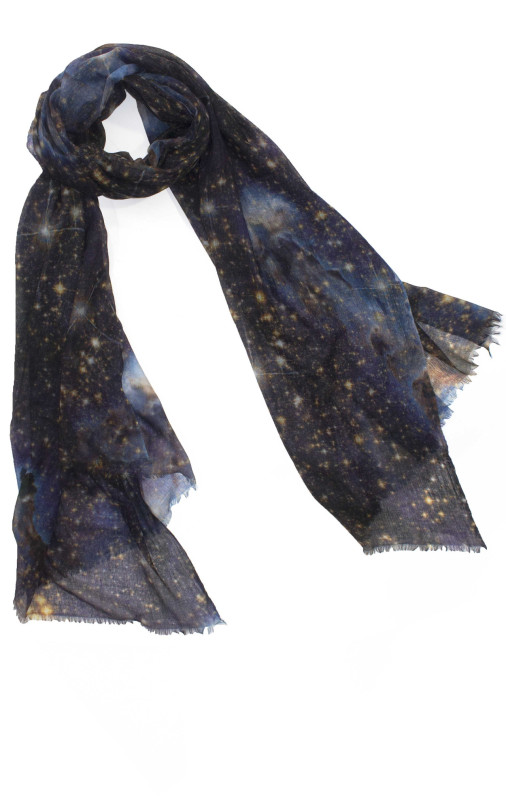
Shadowplay New York brings the beauty and wonder of the universe to hand-crafted, carefully designed and environmentally conscious cashmere scarves. Each piece is digitally printed using real images, often shot from NASA’s Hubble Telescope. See more of their collection on Etsy.
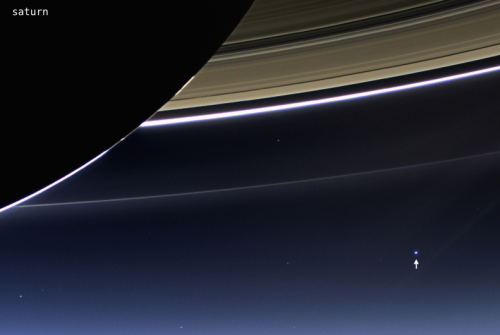
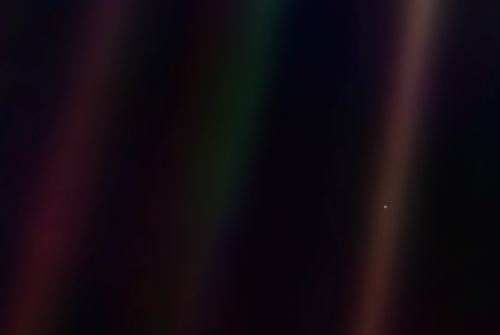
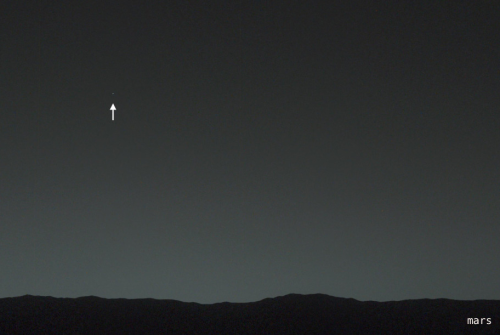
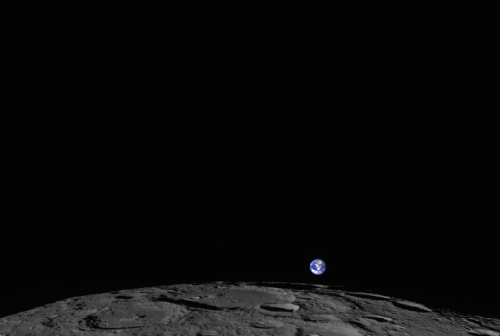
“look again at that dot. that’s here. that’s home. that’s us. on it everyone you love, everyone you know, everyone you ever heard of, every human being who ever was, lived out their lives.
“the earth is a very small stage in a vast cosmic arena. think of the endless cruelties visited by the inhabitants of one corner of this pixel on the scarcely distinguishable inhabitants of some other corner, how frequent their misunderstandings, how eager they are to kill one another, how fervent their hatreds.
“our posturings, our imagined self importance, the delusion that we have some privileged position in the universe, are challenged by this point of pale light. our planet is a lonely speck in the great enveloping cosmic dark. in our obscurity, in all this vastness, there is no hint that help will come from elsewhere to save us from ourselves.
“the earth is the only world known so far to harbour life. there is nowhere else, at least in the near future, to which our species could migrate. visit, yes. settle, not yet. like it or not, for the moment the earth is where we make our stand.
“there is perhaps no better demonstration of the folly of human conceits than this distant image of our tiny world. to me, it underscores our responsibility to deal more kindly with one another, and to preserve and cherish the pale blue dot, the only home we’ve ever known.”
- carl sagan
photos taken from cassini in 2013 when 1.5 billion km from earth; voyageur 1 in 1990 when 6 billion km; mars rover curisoity in 2014 when 160 million km; and the lunar reconnaissance orbiter in 2014, when the moon was 403,473 km away from earth, or near apogee.
Wildest Dreams (Piano Instrumental)
Credit to Molotov Cocktail
Travel Posters of Fantastic Excursions
What would the future look like if people were regularly visiting to other planets and moons? These travel posters give a glimpse into that imaginative future. Take a look and choose your destination:
The Grand Tour

Our Voyager mission took advantage of a once-every-175-year alignment of the outer planets for a grand tour of the solar system. The twin spacecraft revealed details about Jupiter, Saturn, Uranus and Neptune – using each planet’s gravity to send them on to the next destination.
Mars

Our Mars Exploration Program seeks to understand whether Mars was, is, or can be a habitable world. This poster imagines a future day when we have achieved our vision of human exploration of the Red Planet and takes a nostalgic look back at the great imagined milestones of Mars exploration that will someday be celebrated as “historic sites.”
Earth

There’s no place like home. Warm, wet and with an atmosphere that’s just right, Earth is the only place we know of with life – and lots of it. Our Earth science missions monitor our home planet and how it’s changing so it can continue to provide a safe haven as we reach deeper into the cosmos.
Venus

The rare science opportunity of planetary transits has long inspired bold voyages to exotic vantage points – journeys such as James Cook’s trek to the South Pacific to watch Venus and Mercury cross the face of the sun in 1769. Spacecraft now allow us the luxury to study these cosmic crossings at times of our choosing from unique locales across our solar system.
Ceres

Ceres is the closest dwarf planet to the sun. It is the largest object in the main asteroid belt between Mars and Jupiter, with an equatorial diameter of about 965 kilometers. After being studied with telescopes for more than two centuries, Ceres became the first dwarf planet to be explored by a spacecraft, when our Dawn probe arrived in orbit in March 2015. Dawn’s ongoing detailed observations are revealing intriguing insights into the nature of this mysterious world of ice and rock.
Jupiter

The Jovian cloudscape boasts the most spectacular light show in the solar system, with northern and southern lights to dazzle even the most jaded space traveler. Jupiter’s auroras are hundreds of times more powerful than Earth’s, and they form a glowing ring around each pole that’s bigger than our home planet.
Enceladus

The discovery of Enceladus’ icy jets and their role in creating Saturn’s E-ring is one of the top findings of the Cassini mission to Saturn. Further Cassini discoveries revealed strong evidence of a global ocean and the first signs of potential hydrothermal activity beyond Earth – making this tiny Saturnian moon one of the leading locations in the search for possible life beyond Earth.
Titan

Frigid and alien, yet similar to our own planet billions of years ago, Saturn’s largest moon, Titan has a thick atmosphere, organic-rich chemistry and surface shaped by rivers and lakes of liquid ethane and methane. Our Cassini orbiter was designed to peer through Titan’s perpetual haze and unravel the mysteries of this planet-like moon.
Europa

Astonishing geology and the potential to host the conditions for simple life making Jupiter’s moon Europa a fascinating destination for future exploration. Beneath its icy surface, Europa is believed to conceal a global ocean of salty liquid water twice the volume of Earth’s oceans. Tugging and flexing from Jupiter’s gravity generates enough heat to keep the ocean from freezing.
You can download free poster size images of these thumbnails here: http://www.jpl.nasa.gov/visions-of-the-future/
Make sure to follow us on Tumblr for your regular dose of space: http://nasa.tumblr.com

HOW DID I SCREW UP THIS BAD
State of NASA
Over his tenure, President Obama has now invested $147 billion in America’s space program. Our elected leaders, on a bipartisan basis, have chosen to make this investment in our Agency, because they believe in our Journey to Mars and recognize that investments in NASA’s present are investments in America’s future.
Because the State of our NASA is strong, President Obama is recommending a $19 billion budget for the next year to carry out our ambitious exploration and scientific discovery plans. Here are the areas in which we’ll continue to invest:
Solar System and Beyond

As we explore our solar system and search for new worlds, we look to answer key questions about our home planet, neighboring planets in our solar system and the universe beyond.
Journey to Mars

We’re developing the capabilities needed to send humans to an asteroid by 2025 and Mars in the 2030s. Mars is a rich destination for scientific discovery and robotic and human exploration as we expand our presence into the solar system. Its formation and evolution are comparable to Earth, helping us learn more about our own planet’s history and future.
International Space Station

Earth Right Now

We use the vantage point of space to increase our understanding of our home planet, improve lives and safeguard our future. Our Earth science work also makes a difference in people’s lives around the world every day.
Technology Drives Exploration

Sustained investments in our technology advance space exploration, science and aeronautics capabilities. We seek to improve our ability to access and travel through space; land more mass in more locations throughout our solar system; live and work in deep space and on planetary bodies; build next generation air vehicles, and transform the ability to observe the universe and answer profound questions in Earth and space sciences.
Aeronautics

Thanks to advancements in aeronautics developed by NASA, today’s aviation industry is better equipped than ever to safely and efficiently transport all those passengers to their destinations.

The President’s FY 2017 budget provides $790 million to our Aeronautics Research Mission Directorate. This investment will accelerate aviation energy efficiency, advance propulsion system transformation and enable major improvements in aviation safety and mobility. The future of flight will: utilize greener energy, be half as loud, use half the fuel and will create quieter sonic booms.
State of NASA Social

Today, we have opened our doors and invited social media followers and news media to an in-person event, at one of our 10 field centers. Guests will go on a tour and see highlights of the work we’re doing. You can follow along digitally on Twitter: https://twitter.com/NASASocial/lists/state-of-nasa-all1.
Check our Twitter Moment HERE.
Did you miss NASA Administrator Bolden’s remarks? You can watch a full recap HERE.
For all budget related items, visit: http://www.nasa.gov/news/budget/index.html
Make sure to follow us on Tumblr for your regular dose of space: http://nasa.tumblr.com
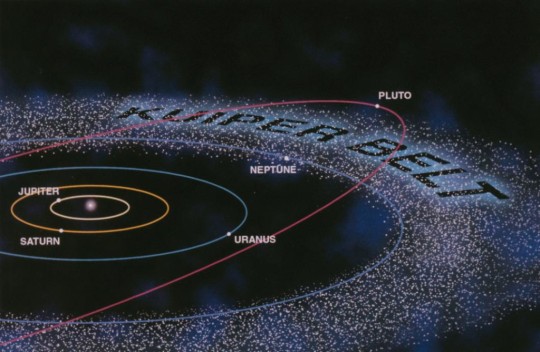
oldie but goodie
-
 sparkleoflilac liked this · 1 year ago
sparkleoflilac liked this · 1 year ago -
 knowledgeeee liked this · 2 years ago
knowledgeeee liked this · 2 years ago -
 inkytides reblogged this · 2 years ago
inkytides reblogged this · 2 years ago -
 dethcloud7 reblogged this · 2 years ago
dethcloud7 reblogged this · 2 years ago -
 deathgodchild reblogged this · 2 years ago
deathgodchild reblogged this · 2 years ago -
 where-the-wild-things-sleep liked this · 2 years ago
where-the-wild-things-sleep liked this · 2 years ago -
 eclectichellmouth reblogged this · 2 years ago
eclectichellmouth reblogged this · 2 years ago -
 emiliosandozsequence reblogged this · 3 years ago
emiliosandozsequence reblogged this · 3 years ago -
 sammnotviole liked this · 3 years ago
sammnotviole liked this · 3 years ago -
 mermiku liked this · 4 years ago
mermiku liked this · 4 years ago -
 diamondhenry liked this · 4 years ago
diamondhenry liked this · 4 years ago -
 beastmode-holefiller liked this · 5 years ago
beastmode-holefiller liked this · 5 years ago -
 beenthroughalot liked this · 5 years ago
beenthroughalot liked this · 5 years ago -
 queencfthestars reblogged this · 5 years ago
queencfthestars reblogged this · 5 years ago -
 mars-amon liked this · 5 years ago
mars-amon liked this · 5 years ago -
 parallele reblogged this · 5 years ago
parallele reblogged this · 5 years ago -
 madprohetess liked this · 5 years ago
madprohetess liked this · 5 years ago -
 audhdfrey liked this · 6 years ago
audhdfrey liked this · 6 years ago -
 arabellastark liked this · 6 years ago
arabellastark liked this · 6 years ago -
 toberaikage liked this · 6 years ago
toberaikage liked this · 6 years ago -
 ihavenotdiedtoday liked this · 6 years ago
ihavenotdiedtoday liked this · 6 years ago -
 seaofconstellations-blog reblogged this · 6 years ago
seaofconstellations-blog reblogged this · 6 years ago -
 wachsurfer2018 liked this · 6 years ago
wachsurfer2018 liked this · 6 years ago -
 yxcvbnm666 liked this · 6 years ago
yxcvbnm666 liked this · 6 years ago -
 fiverfrank liked this · 6 years ago
fiverfrank liked this · 6 years ago -
 kkyy-6 liked this · 6 years ago
kkyy-6 liked this · 6 years ago -
 gakittajp liked this · 6 years ago
gakittajp liked this · 6 years ago -
 possum-warfare-committee liked this · 6 years ago
possum-warfare-committee liked this · 6 years ago -
 king-of-the-rain-and-wolves reblogged this · 6 years ago
king-of-the-rain-and-wolves reblogged this · 6 years ago -
 king-of-the-rain-and-wolves liked this · 6 years ago
king-of-the-rain-and-wolves liked this · 6 years ago -
 greypandainspo reblogged this · 6 years ago
greypandainspo reblogged this · 6 years ago